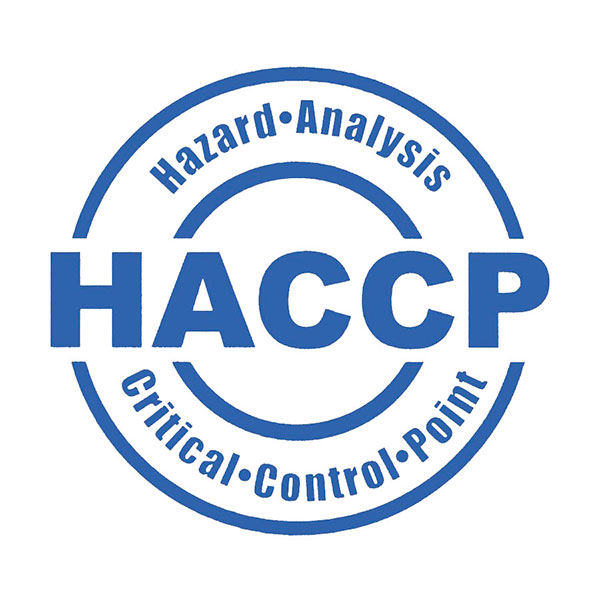To provide you with a solid groundwork for your recovery, these areas are subject to stringent regulations that ensure they remain drug-free. Many facilities provide in-house meetings or requirements for attending support groups to develop continuing routines to living a sober live. It’s important to note that sober living homes and halfway houses may have differing policies. To enhance the effectiveness of recovery housing, it is advisable to seek out facilities where residents are required to participate in recovery efforts actively or have already completed an inpatient program. Many sober living homes offer payment plans, scholarships, or sliding scale fees. Financial help may also be available from local charities, government programs, or family members.
- Gov. Andrew M. Cuomo has still claimed successes, including a plan in January 2016 to re-regulate up to 50,000 illegally deregulated apartments.
- Developing routines and boundaries will help you set a standard of success on your own.
- Residents should work together to encourage accountability, respect, and open communication.
- The students at Columbia University pay — I have no problems with them — but the working-class people, they cannot,” she says.
- Yes, many sober living homes cater to distinct demographics, focusing on gender, age, or specific recovery needs.
About Samba Recovery
We suggest that efforts to translate research into treatment have not sufficiently appreciated how interventions are perceived and affected by various stakeholder groups (Polcin, 2006a). We therefore suggest that there is a need to pay attention to the community context where those interventions are delivered. These measures were taken from Gerstein et al. (1994) and labeled Peak Density and 6-month abstinence. Peak Density is the number of days of any substance use (i.e., any alcohol or drug) during the month of highest use over the past 6 months (coded 0-31).
The Effectiveness of Cognitive Behavioral Therapy in Treating Addiction
These homes act as a supportive network, especially for those completing substance abuse treatment programs. There are hundreds of sober homes in the Twin Cities alone, and most do not cause problems for their neighbors. A critically important aspect of one’s social network is their living environment. Recognition of the importance of one’s living environment led to a proliferation of inpatient and residential treatment programs during the 1960′ and 70’s (White, 1998). The idea was to remove clients from destructive living environments that encouraged substance use and create new social support systems in treatment.
Neighbors oppose sober home, but owner isn’t revealing his plans
She was worried that people on MAT would feel pressure to get off problematic opioids too quickly if they were around people who were not using maintenance medication. And if people who weren’t on MAT were in a house where Suboxone was being stored, even securely, she worried about the potential for its misuse. “What do I have to do to not have morgues calling parents of 18-, 19-, 20-year-old kids?” she says. “I will do anything. So if the doctors and the facts are saying that medication-assisted treatment helps, then I will do my part to facilitate that need.”
- If you’ve lost a loved one to an overdose or struggled with substance abuse disorder yourself, please let us know.
- A sense of belonging and shared purpose can help everyone stay committed to recovery.
- For those who can’t afford to contribute right now, please sign up for one of our free Watchdog Update newsletters, and help the spread word about the Sentinel to your friends, family, neighbors & co-workers.
- Additionally, the structured environment helps individuals develop healthy habits, manage responsibilities, and restore damaged relationships due to substance use.
- Our award-winning newsroom has some of the best reporters, photographers & editors in the state, and we’re dedicated to getting the story right.
- A fundamental element is peer support, where residents hold each other accountable and share experiences that foster mutual understanding and encouragement.
Pros and Cons of Sober Homes
Residents can find therapy or counseling through local clinics or online services. Many sober living homes also partner with nearby rehab centers or outpatient services to provide necessary care. Regular contact with professionals helps residents stay focused on their recovery and manage any mental health issues. If you or a loved one are nearing the end of your addiction treatment program, you might be wondering what’s next. The best thing you can do upon leaving a drug and alcohol rehab center is attend a sober living housing program.
Nationally, less than half of all “residential facilities” allow people to be on opioid maintenance medications. Dr. Nora Volkow, who heads the National Institute on Drug Abuse, says that if society more often considered addiction a disease, keeping people off treatment would seem crazy. Barb Williamson runs several sobriety houses in Pennsylvania, commercially run homes where residents support each other in their recovery from opioid addiction. Initially, she says, she saw the use of Suboxone or methadone by residents as “a crutch,” and banned them.
Previous work has shown that people with severe mental illness often provide their caregivers with needed emotional and practical support (Greenberg et al., 1994; Horwitz et al, 1996). On the contrary, respondents marshaled what Green (2009) has called the “personal challenge” to substance misuse stigma, wherein people in recovery extricate themselves from felt stigma by creating identities as newly moral and responsible citizens. Sober living homes typically have a structured set of rules to support residents in their recovery journey. Common rules include a strict prohibition on drugs and alcohol, mandatory participation in house meetings, and adherence to attendance at outside recovery meetings such as 12-step programs. Residents are usually required to submit to random drug testing, maintain a curfew, and fulfill household responsibilities like chores to foster accountability. Financial obligations are also critical, with residents expected to pay rent and contribute to living expenses to prepare for independent living.
Exploring Holistic Approaches to Addiction Treatment
Earlier this year, Philadelphia began requiring that the 18 recovery houses the city funds accept people who are on medically assisted treatment for their opioid addiction. When you are in a sober living home, you usually share a house or even your bedroom with other people. Sharing a living space with strangers can be difficult, especially if you were the type to isolate yourself during your addiction. Living so close to other people could cause you to experience confrontations, which can be difficult to navigate without the proper social skills and healthy emotional regulation techniques. Additionally, limited availability can create a sense of competition among individuals seeking a spot in a sober living home.
And most crucially, if the rent was pushed https://www.inkl.com/news/sober-house-rules-a-comprehensive-overview high enough — initially $2,000 a month — the apartment could be deregulated forever. The New York Times used rent-registration records and interviews to trace the gradual loss of regulated apartments in the building between 1996 and 2018. They must ask for their apartments’ rental histories and determine their accuracy, complain about building permits, and sue over harassment. Holding on to an affordable apartment can turn into a part-time job, not to mention a full-time obsession.


